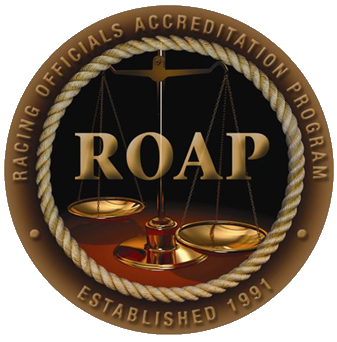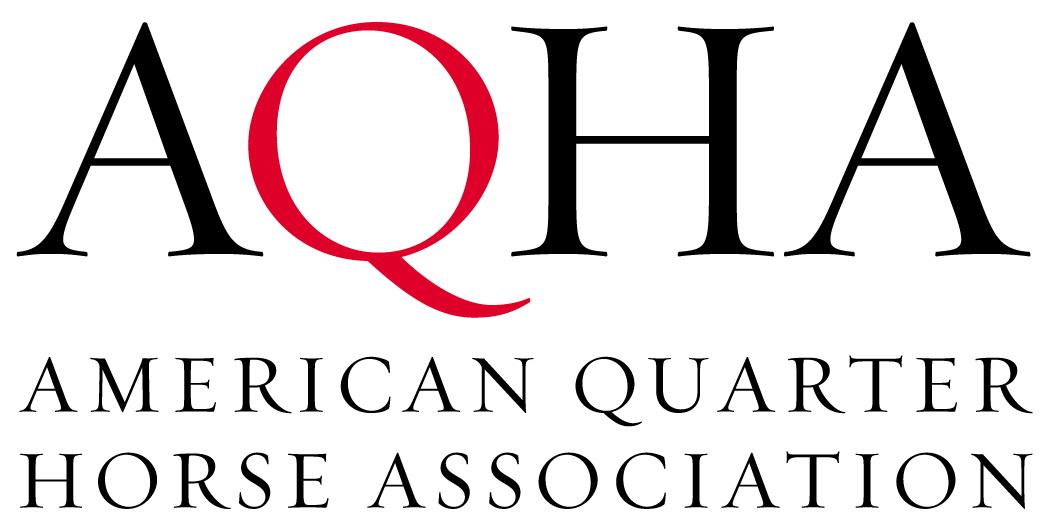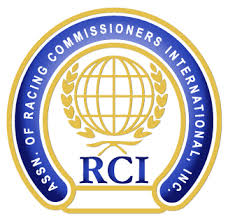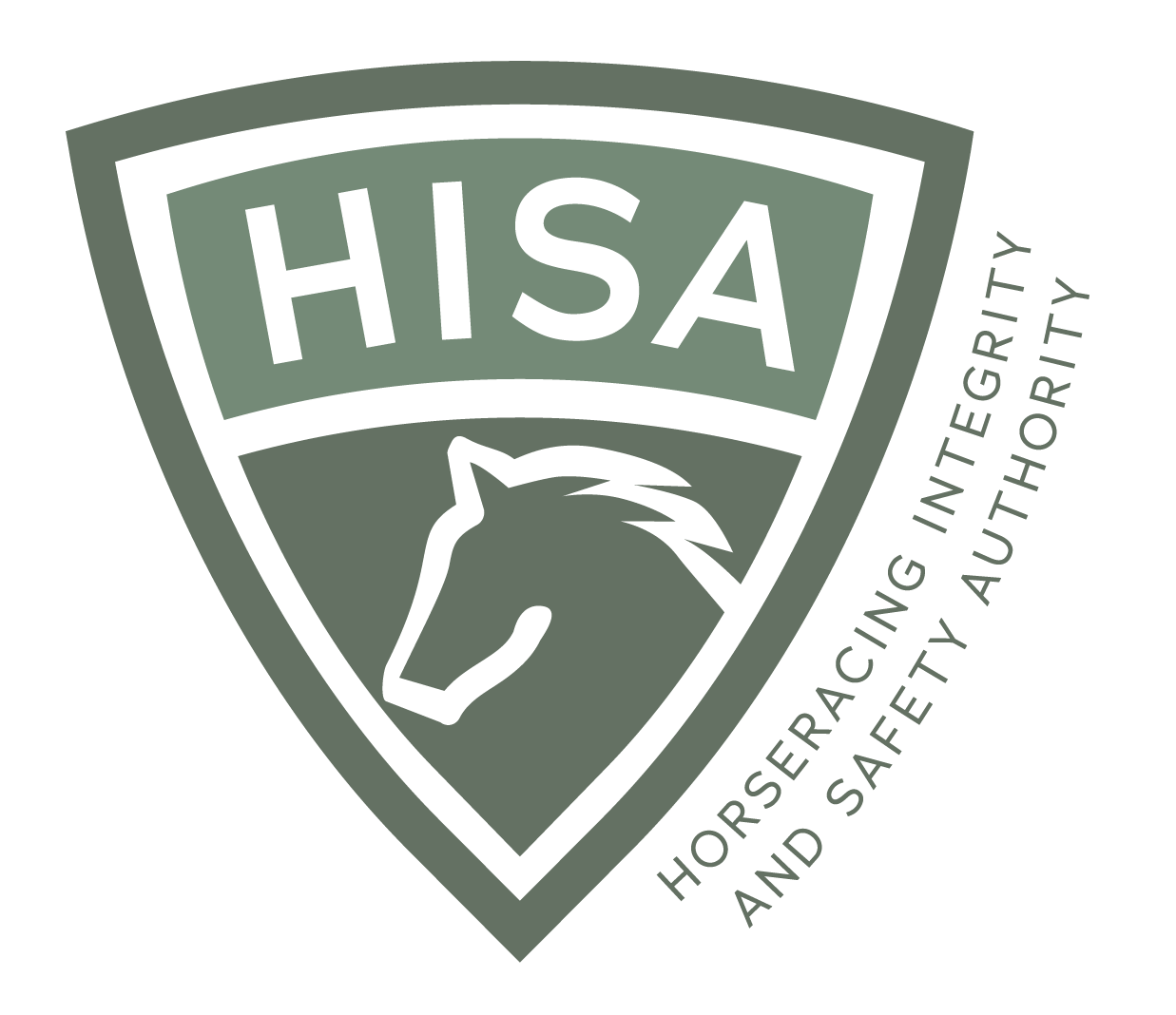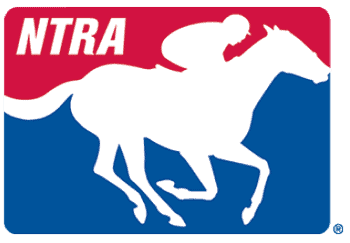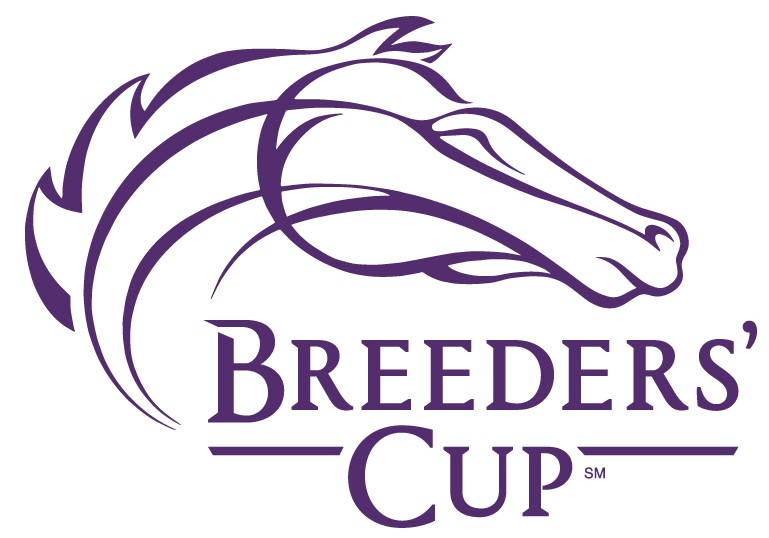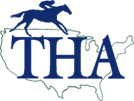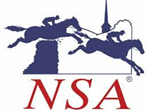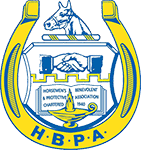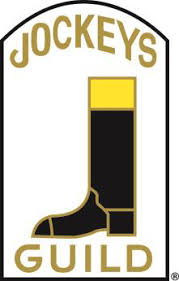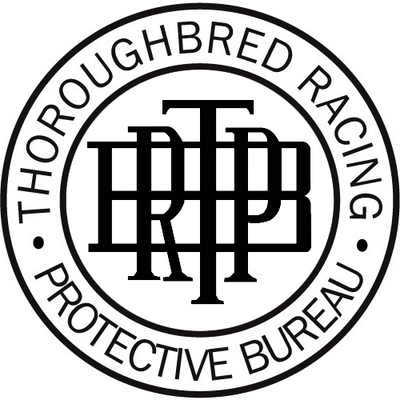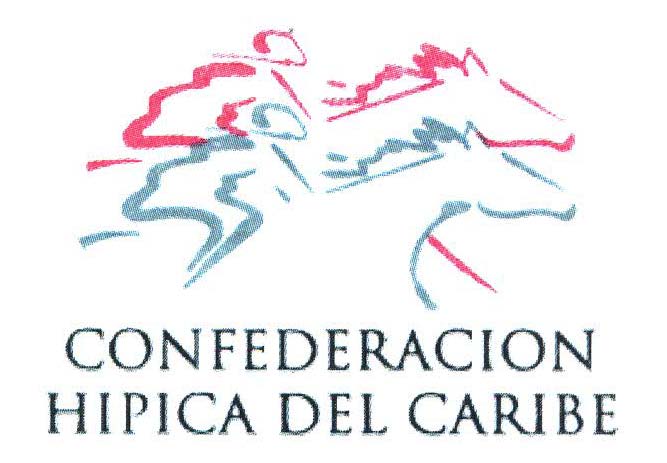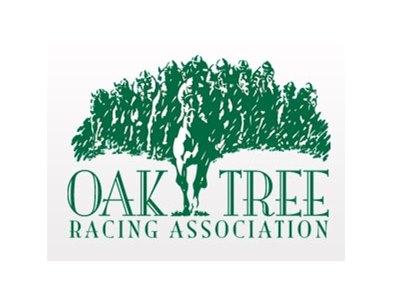These Points of Emphasis are subject to the following LEGAL PROVISIONS - Please Read Carefully
The Points of Emphasis
The Points of Emphasis were designed to provide guidelines to follow for coordinating continuing education programs.
2025 Points of Emphasis
2023-2024 Points of Emphasis
2023-2024 Points of Emphasis page link here.
2021-2022 Points of Emphasis
Click Here for full descriptions.
- Use and Regulation of the Riding Crop
- Understanding Microchips, Digital Certificates, Track Manager, InCompass and the eTrack System
- Effective Public Speaking and Communication Strategies for Stewards/Judges When Their Role of Trier of Fact (during the hearing process) Changes to That of a Witness Upon Appeal
- Benefits of Working as a Team: the practicing vet/regulatory vet/aftercare trifecta
- Best Practices for Pre-Meet Communications with Licensees
2019 - 2020 Points of Emphasis
Click Here for full descriptions.
- Racehorse Aftercare Awareness
- Interference Rules and Protocols: Consistency in Decisions
- Understanding Microchips and Digital Certificates
- Concussion Protocols and Return to Ride
- Media Training
2017 - 2018 Points of Emphasis
Click Here for full descriptions.
- Crop Issues and Usage of the Riding Crop
- Human Drug Usage: Testing, Prescription Verification, and Contamination Prevention
- Improved Public Perception: Transparency, Consistency, and Decision Making in the Stand
- Resources for Biosecurity: Plans for Reduction of Contamination and Spread of Infectious Disease
- Multiple Medication Violations
- Immigration and Licensing
2016 Points of Emphasis
Click Here for full descriptions of each topic
- Reciprocity of Lists - veterinarian, steward and starter
- Stewards/Judges Code of Conduct
- Encourage Consistency and Uniform Enforcement of Interference Rules
- Enforcement of the Use of the Whip or Racing Crop Rules and Regulations
2015 Points of Emphasis
Click here for full descriptions. Webinar available here.
- Understanding the necessary protocols and procedures to reduce program trainers
- Assessing implementation of industry initiatives at the racetrack
- Understanding licensing protocols and reviews
- Review and understand rule violation penalty determinations
- Understanding and implementation of catastrophic review committees
- Importance of writing, downloading and publishing of steward's rulings
2014 Points of Emphasis
Click here for full descriptions.
- Encourage the use of technology for RCI database, InCompass, etc by all stewards
- Understanding the application of the National Uniform Medication Program including the Multiple Medication Violation Program and how it affects your jurisdiction
- Ensure clear and concise verbal and written explanations of stewards’ decisions, daily reports and disseminate to the media through track and/or racing regulatory websites
- Encourage consistency and uniformity in enforcement of interference rules
- Understanding Addictive Behavior Treatment Programs available in your jurisdiction
2013 Points of Emphasis
Click here for full descriptions.
- Reciprocity: Lists and Licensees
- Protocols for Declaring a Race as No-contest
- Stewards'/Judges' Meetings with Racing Officials, Racetrack Staff and Horsemen Prior to Start of the Race Meet
- Protocols for Reciprocity of Suspensions, Summary Suspensions and Restraining Orders
2012 Points of Emphasis
Click here for detailed description
- Reciprocity: Lists and Licensees
- Test Barn and Laboratory - Familiarity with the standard operating procedures and their application to operations.
- Stay up to date on current and new rules, policies and directives in your specific jurisdiction and initiate model rule implementation
- Stable Rosters and Employees - Maintaining current and accurate information and making effective use of the information.
- Racing Office & InCompass - Understanding the racing office procedures and InCompass to provide accurate and timely information for horsemen and the public.
- Media Communication Training - Training and coordination of media communication with commissions and associations.
2011 Points of Emphasis
Click here for detailed description
- Reciprocity of all lists through the use of the InCompass system
- Review track safety rules, procedures and standards with all track management, officials and horsemen and establish track safety committees
- Stay up to date on current and new rules, policies and directives in your specific jurisdiction and initiate model rule implementation
- Enforcement of the use of the whip and/or racing crop rules and regulations in your jurisdiction (including that the racing crop meets the minimum standards and specifications) and if not adopted in your state, advocate for the model rule ARCI-010-035, A(1) and E(7)
- Ensure that clear and concise verbal and written explanations of stewards' decisions and rulings are given to the media and public especially regarding claims of foul or inquiries including non calls
2010 Points of Emphasis
- Reviewing procedures with all officials at the start of each race meet (May extend to include jockeys/drivers, horsemen, veterinarians, track superintendent, out-riders, EMTs, etc.)
- Stressing routine procedures and mechanics with officials
- Promoting consistency through weekly review by racing officials and riders competing at the track of all racing incidents
- Encouraging maximum participation in ROAP video surveys
- Stressing proper use of the riding crop with jockeys and drivers
- Supervising the enforcement of rules
- Honoring and reciprocating on all lists, including stewards and vets lists
- Taking appropriate measures to resolve licensing issue
2009 Points of Emphasis
- Conduct mock hearings
- Write rulings
- Write daily reports
- Consideration of mitigating and aggravating factors when reaching decisions on penalty phase.
2008 Points of Emphasis
- Uniform handling of objections & inquiries in reviewing the race
- Determining disqualifications in races with multiple incidents of interference
- Stewards & judges should conduct regular meetings with racing officials
- Weekly race video review with jockeys
